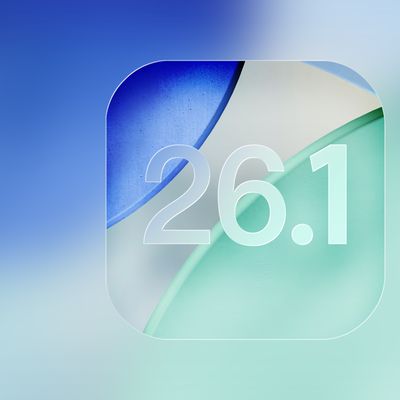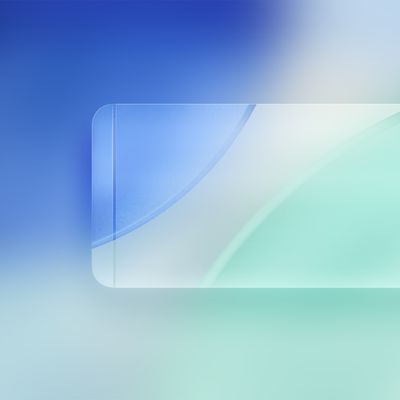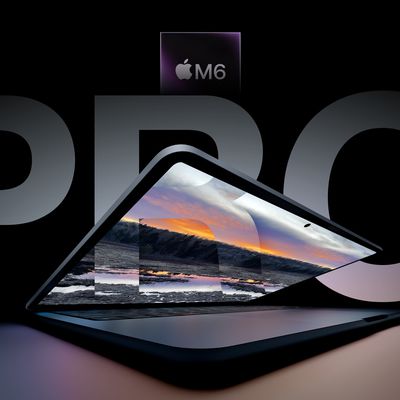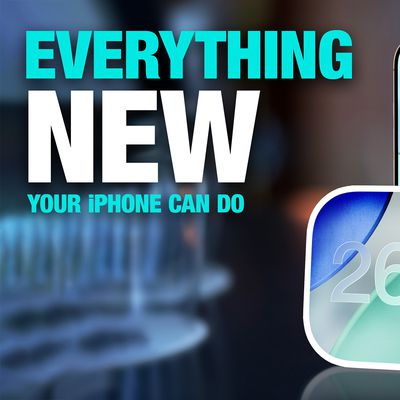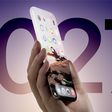Sierra Blue iPhone 13 Pro Differs From All Other Models in Hidden Way
Sierra Blue is Apple's new color with the iPhone 13 Pro and iPhone 13 Pro Max, and it has now emerged that the Sierra Blue iPhone 13 Pro differs from all other iPhone models in a way that may not be immediately obvious.
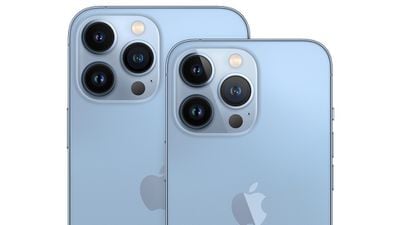
Sierra Blue is the first "Pro" iPhone color option to use a lighter shade that is still saturated with color. Previous models have offered Midnight Green and Pacific Blue, which were dark tones, much more akin to the iPhone 13 Pro's Graphite and Gold shades. The first real-world images of the iPhone 13 Pro in Sierra Blue revealed a very unique metallic, almost icy look.
All of the Pro model iPhones achieve their highly polished finishes using a physical vapor deposition process that Apple first introduced last year on the iPhone 12 Pro, but Apple has now confirmed that Sierra Blue differs from all previous iPhone colors due to a manufacturing process that could explain why the company was able to offer a lighter blue to replace last year's Pacific Blue. Apple's press release for the iPhone 13 Pro and iPhone 13 Pro Max explained (emphasis our own):
The all-new Pro lineup features a premium flat-edge design, crafted with exceptional materials, including the surgical-grade stainless steel band, with an elegant finish that is resistant to abrasion and corrosion, and a textured matte glass back. Both models are available in four striking colors including the all-new sierra blue, created using multiple layers of nanometer-scale metallic ceramics applied across the surface for a stunning and durable finish.
Graphite, Gold, and Silver all make their return on the iPhone 13 Pro lineup, but Sierra Blue is a distinctive and eye-catching new color. With Sierra Blue being the only new shade to come to the Pro lineup of iPhones this year, some customers may be eager to get the new color due to it being instantly recognizable as the latest model. The knowledge that Sierra Blue is different at the nanometer scale may also serve as an interesting tidbit when selecting the color option.
Popular Stories
The upcoming iOS 26.1 update includes a handful of new features and changes for iPhones, including a toggle for changing the appearance of the Liquid Glass design, "slide to stop" for alarms in the Clock app, and more.
Below, we outline key details about iOS 26.1.
Release Date
Given that Apple has yet to seed an iOS 26.1 Release Candidate, which is typically the final beta version, the...
Apple Maps could feature integrated ads as soon as next year, Bloomberg's Mark Gurman reports.
In his latest "Power On" newsletter, Gurman said that Apple's plan to bring more ads to iOS is moving "gaining traction," with the Maps app being next in line. The project will apparently give restaurants and other businesses the option to pay to have their details featured more prominently in...
Apple is designing an updated version of the Apple TV 4K, and rumors suggest that it could come out sometime in the next couple of months. We're not expecting a major overhaul with design changes, but even a simple chip upgrade will bring major improvements to Apple's set-top box.
Subscribe to the MacRumors YouTube channel for more videos.
We've rounded up all the latest Apple TV rumors.
...
In the fourth iOS 26.1 beta, Apple added a "Tinted" option that reduces the translucency of Liquid Glass for those who prefer a more opaque look. I saw some comments wondering whether the setting might preserve battery life, so I thought I'd do some testing.
Test Settings
I did four separate tests using the iPhone 17 Pro Max, and I kept the parameters as similar as possible. Here are the...
Apple this month refreshed the 14-inch MacBook Pro base model with its new M5 chip, and higher-end 14-inch and 16-inch MacBook Pro models with M5 Pro and M5 Max chips are expected to follow in early 2026. However, these machines will represent the final update to the current design, with Apple reportedly developing a completely new version of the MacBook Pro packed with next-generation hardware...
Apple is about to drop iOS 26.1, the first major point release since iOS 26 was rolled out in September, and there are at least six notable changes and improvements to look forward to. We've rounded them up below.
Apple has already provided developers and public beta testers with the release candidate version of iOS 26.1, which means Apple will likely roll out the update to all compatible...
The upcoming iOS 26.1 update includes a handful of new features and changes for iPhones, including a toggle for changing the appearance of the Liquid Glass design, "slide to stop" for alarms in the Clock app, and more.
iOS 26.1 is currently in beta testing. The update will likely be released in the first half of November, and it is compatible with the iPhone 11 series and newer, but some...
Apple today provided developers and public beta testers with the release candidate versions of upcoming iOS 26.1, iPadOS 26.1, macOS Tahoe 26.1, tvOS 26.1, watchOS 26.1, and visionOS 26.1 updates for testing purposes. The RCs betas come a week after Apple released the fourth betas.
The new betas can be downloaded from the Settings app on a compatible device by going to General > Software...
The first preview release of the Swift SDK for Android was published this week, allowing developers to build Android apps in Swift with official tooling and making it easier to share code across iOS and Android.
The SDK enables Android apps to be built in Swift using officially supported tooling rather than community workarounds. In June, it was announced that Apple's Swift programming...



